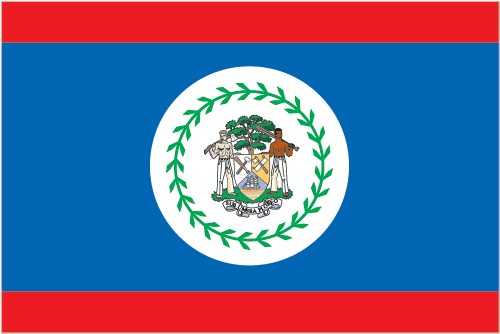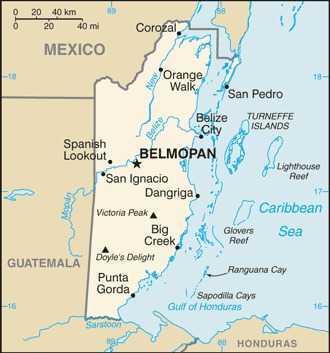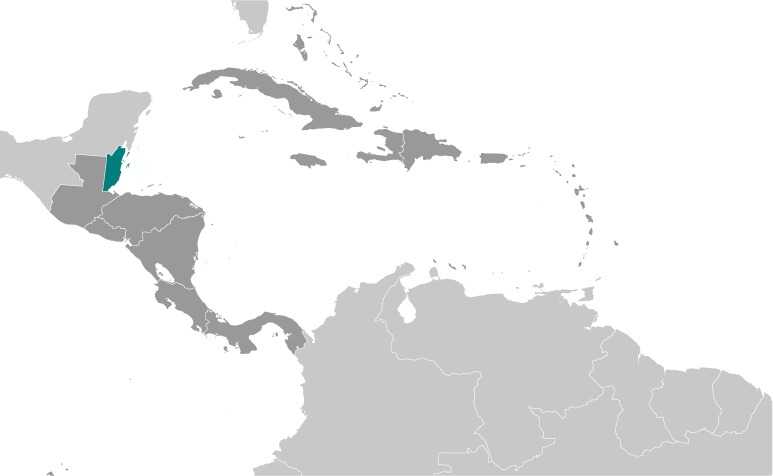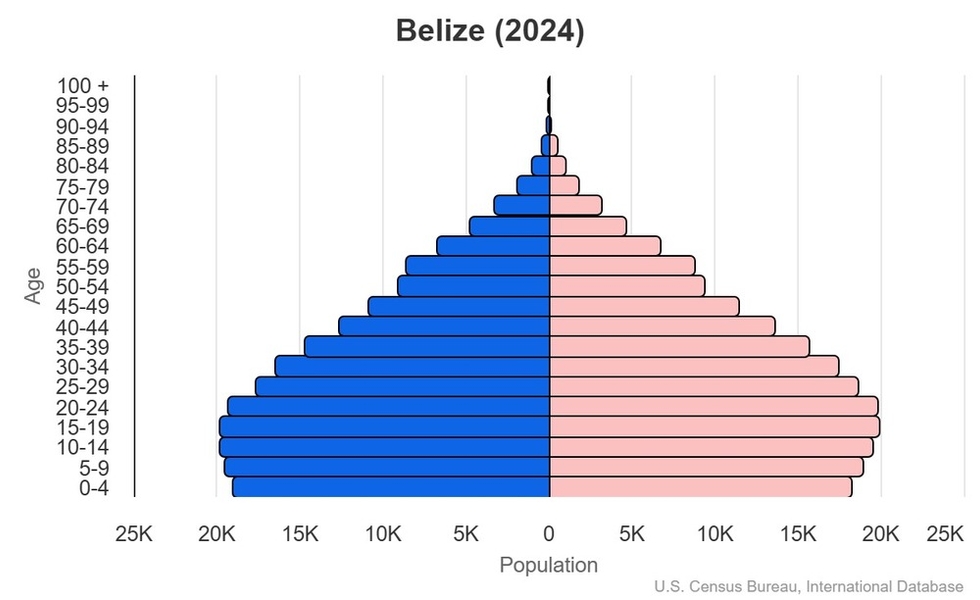Introduction
Visit the Definitions and Notes page to view a description of each topic.
Geography
People and Society
Population
comparison rankings: total 175; male 175; female 176
Languages
Median age
comparison ranking: total 162
Population growth rate
comparison ranking: 67
Birth rate
comparison ranking: 81
Death rate
comparison ranking: 194
Net migration rate
comparison ranking: 50
Maternal mortality ratio
comparison ranking: 80
Infant mortality rate
comparison ranking: total 120
Life expectancy at birth
comparison ranking: total population 143
Total fertility rate
comparison ranking: 100
Obesity - adult prevalence rate
comparison ranking: 60
Alcohol consumption per capita
comparison ranking: total 72
Tobacco use
comparison ranking: total 141
Children under the age of 5 years underweight
comparison ranking: 70
Education expenditure
comparison ranking: Education expenditure (% GDP) 82
Environment
Carbon dioxide emissions
comparison ranking: total emissions 184
Government
Economy
Real GDP (purchasing power parity)
comparison ranking: 182
Real GDP growth rate
comparison ranking: 11
Real GDP per capita
comparison ranking: 132
Inflation rate (consumer prices)
comparison ranking: 108
GDP - composition, by sector of origin
comparison rankings: agriculture 85; industry 166; services 73
Industrial production growth rate
comparison ranking: 48
Labor force
comparison ranking: 177
Unemployment rate
comparison ranking: 124
Youth unemployment rate (ages 15-24)
comparison ranking: total 72
Gini Index coefficient - distribution of family income
comparison ranking: 41
Public debt
comparison ranking: 23
Taxes and other revenues
comparison ranking: 43
Current account balance
comparison ranking: 90
Reserves of foreign exchange and gold
comparison ranking: 158
Debt - external
comparison ranking: 103
Energy
Electricity
comparison rankings: installed generating capacity 170; consumption 170; imports 103; transmission/distribution losses 53
Energy consumption per capita
comparison ranking: 115
Communications
Telephones - fixed lines
comparison ranking: total subscriptions 173
Telephones - mobile cellular
comparison ranking: total subscriptions 180
Broadband - fixed subscriptions
comparison ranking: total 152
Transportation
Merchant marine
comparison ranking: total 31




